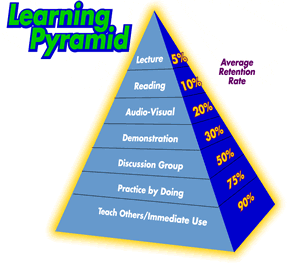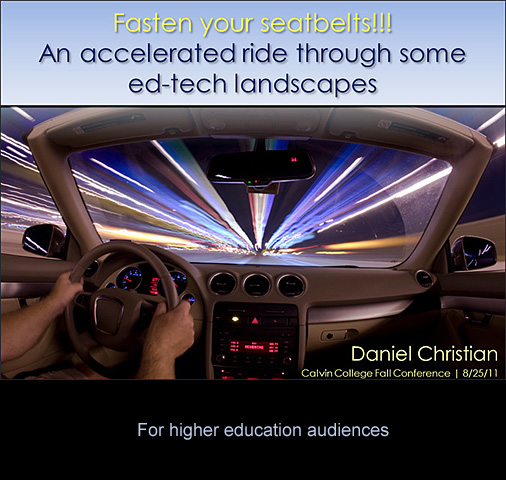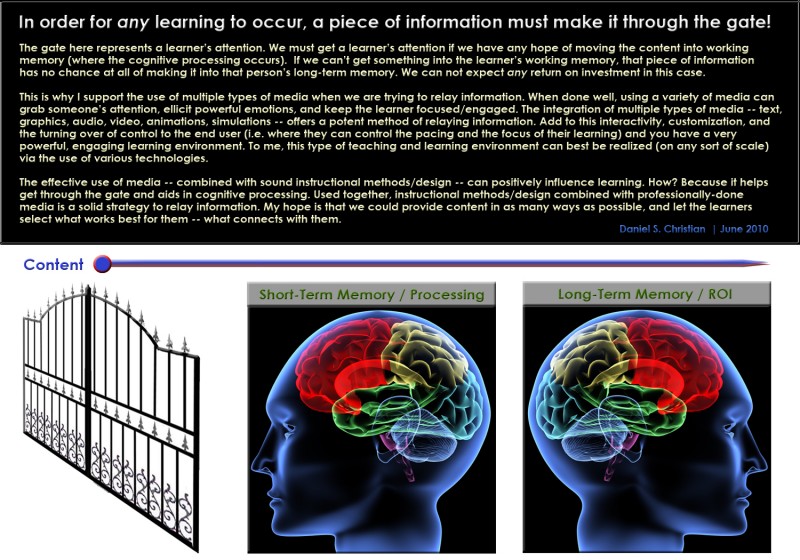Students think they can multitask. Here’s proof they can’t. — from Faculty Focus by Maryellen Weimer
.

Excerpt:
With easy access to all sorts of technology, students multitask. So do lots of us for that matter. But students are way too convinced that multitasking is a great way to work. They think they can do two or three tasks simultaneously and not compromise the quality of what they produce. Research says that about 5% of us multitask effectively. Proof of the negative effects of multitasking in learning environments is now coming from a variety of studies.
The question is, how do we get students to stop? We can tell them they shouldn’t. We can include policies that aim to prevent it and devote time and energy trying to implement them. I wonder if it isn’t smarter to confront students with the facts. Not admonitions, but concrete evidence that multitasking compromises their efforts to learn. The specifics are persuasive and here are some examples to share with students.
From DSC:
If you can’t beat ’em, join em! 🙂 I vote for having students use such devices in achieving the same learning outcomes/objectives that you normally would like the students to cover. That is, to integrate the technologies that they are so engaged with — if possible. But I like Maryellen’s thought about just confronting them with the facts — that if they choose to “multitask,” they will significantly reduce their ROI that they’re making in their education.












